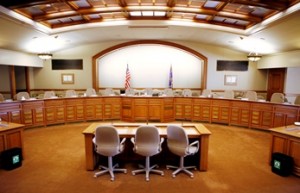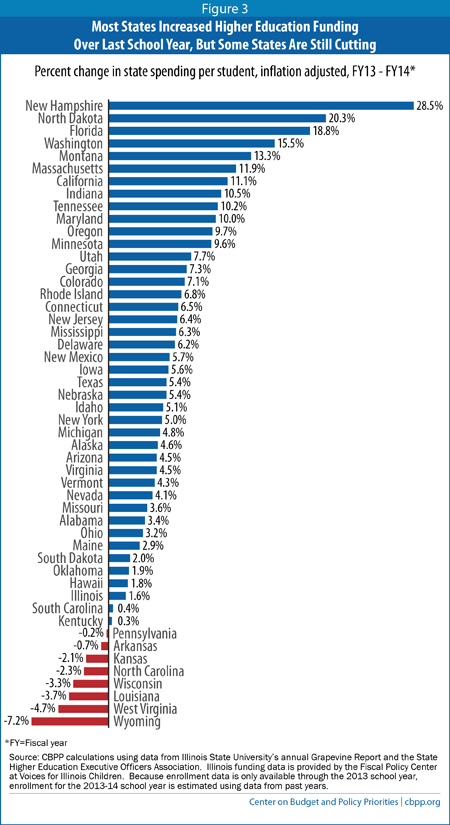PROFS Board of Directors
Li Chiao-Ping, Dance, Chair
Ellen Zweibel*, Astronomy
Michael Bernard-Donals*, English and Jewish Studies
Annie Jones, Extension and Community & Environmental Sociology
Nancy Kendall*, Educational Policy Studies
James Stein, Medicine
*also on PROFS Steering Committee
PROFS Steering Committee
Michael Bernard-Donals, English and Jewish Studies, President
Peter Adamczyk, Mechanical Engineering
Jerold Braatz, Extension
Tonya Brito, Law
Bradley Christian, Medical Physics
J. Michael Collins, School of Human Ecology
Julie Dawson, Horticulture
Dorothy Farrar Edwards, Kinesiology
Taylor Odle, Educational Policy Studies
Christa Olson, English
Lauren Papp, School of Human Ecology
Eric Sandgren, Pathobiological Sciences
Steph Tai, Law
Michael Titelbaum, Philosophy
Terry Warfield, Accounting & Information Systems
Claire Wendland, Anthropology and Obstetrics & Gynecology
Amy Wendt, Electrical & Computer Engineering
Kirsten Wolf, German, Nordic & Slavic



 The Milwaukee Journal Sentinel is offering its opinion on key issues in the gubernatorial race, and K-12 and higher education is the focus of
The Milwaukee Journal Sentinel is offering its opinion on key issues in the gubernatorial race, and K-12 and higher education is the focus of 

